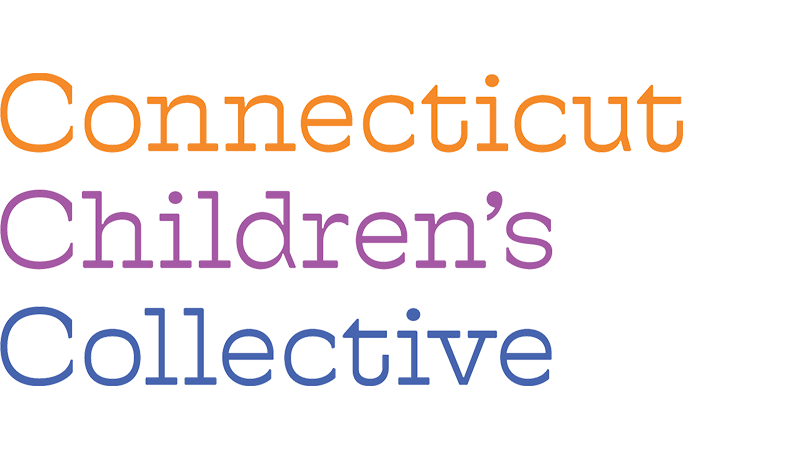Social-Emotional Learning is Life Long Learning
Since the beginning of the COVID-19 pandemic we all have been checking ourselves to make sure that we are tending to our emotional well-being; practicing self-care and cutting ourselves a break with our usual expectations and goals. It makes sense too. Our lives pre-COVID were hectic and stressful, but they were manageable, and for most of us we knew what to expect. There is great comfort in that, having some semblance of control. But post-COVID has wiped that all away. We have come face-to-face with a force that is out of our control. Many of us have also experienced the grief and loss with having known or loved someone who has been a victim of COVID-19. Job loss or uncertainty, financial strain and worry, national upheaval, and the most basic fear of keeping you and your family healthy can wreak havoc on our immune systems, not to mention our nerves.
One thing that we do have control over is how we react to all of the strife that is surrounding us. How we react has much to do with our emotional intelligence. In the article, How to Grow Your Emotional Intelligence, published by Healthy Mind, Healthy Life, Philosopher Alain de Botton explains, “Emotional intelligence is the quality that enables us to confront with patience, insight, and imagination the many problems that we face in our affective relationship with ourselves and with other people.” So knowing that you need to practice self-care is far different than recognizing triggers that lead to anger or sadness, or being able to connect your rapid heart rate to your rise in anxiety. It also means that you need to allow for your child to express his emotions in a safe, understanding environment, in a way that isn’t always comfortable for you to witness.
A baby is able to pick up on cues from their parent or caregiver when they are sad, scared, or angry. This ability does not leave them as they grow older. Your child is able to pick up on your feelings. Your child knows when something isn’t quite right, and in the last six months nothing has been quite right. One way that your child may choose to deal with what he is seeing, hearing, and feeling is to act it out through play. In the article How Children Process Grief and Loss through Play published in Edutopia, Seth Aronson, a psychologist and the Director of Curriculum, Training and Supervising Analyst at the William Alanson White Institute of Psychiatry, Psychoanalysis, and Psychology in New York City says: “One of the functions that play serves for kids is it allows them to approach something that might be frightening in a way that makes it less frightening and more understandable.” Through play, children ‘control the tempo and the pace and the content’ of a situation and gain the ability to anticipate what happens next—all of which can take the sting out of scary situations. Whenever there’s any kind of scary or traumatic situation, play really allows the child the displacement and the space to play out some of those things. If it’s happening to a doll, it’s not really happening to me.” In other words, play becomes a reflection of their feelings in a way that gives them absolute control over the outcome. Talking to your child about his ability to have control over his emotions, and how he reacts to difficult situations can be extremely empowering and comforting.
With the return of school parents and caregivers are once again reeling trying to regain balance as they adjust to the new normal. Children are doing the same. Set a good example for your children when you talk about school with them. Listen to how they are feeling and try not to offer a solution right away. Instead simply acknowledge their emotions. Distance learning is challenging. Along with sound delays, Zoom and other platforms make it difficult to interpret people’s emotions. That ever important one-on-one time that includes direct eye contact is lost. In-school learning is even more challenging. With masks, social distancing, and an array of new procedures and protocols students can often feel lost in the shuffle. Educators are very aware of the necessity in increased focus on social-emotional learning as the school year unfolds. Children can’t learn if they are worries or stressed. Teaching the ‘New’ COVID-19 Social-Emotional Skills, an article published in Education Week, Justina Schlund, Director of Field Learning for the Collaborative for Academic, Social, and-Emotional Learning, or CASEL speaks to this by writing, “So much of typical [social-emotional learning] programs and practices have included a lot of face-to-face interaction between students and between students and adults. It’s being able to work together closely to solve a problem or to talk about their emotions and their experiences. So I think it’s going to require a lot of creativity on the part of our schools and educators to think about how they’re communicating SEL during this time.” Touch base with your child’s teachers and school and inquire as to how they are addressing this in their school. In the article it cites key recommendations for school and district leaders when planning in-person social learning during the pandemic: 1. Evaluate the risk of keeping (or changing) existing activities; 2. Identify ways to support students emotionally at a distance; and 3. Help students adapt to new social norms.
So learn the signs in your own body, of how stress and anxiety might be affecting it, allow your younger child to play in order to gain control over his emotions, and check in with your school-age child to make sure the school is addressing social-emotional learning and offer support by providing a truly safe space for them to express themselves. Self-awareness, along with lots of love and understanding will help to see us through this pandemic and lead us to the other side intact and stronger than before.



